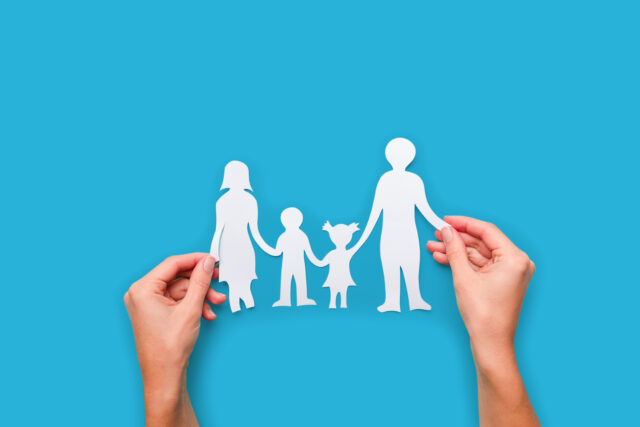
How Many Struggle to Get By in Retirement?
Abstract
The official poverty measure in the United States fails to reflect modern day economic resources and spending needs. The official measure is based only on cash income and does not include in-kind transfers, capital gains and losses, taxes, out-of-pocket health spending, the value of owner-occupied housing, or the potential income from financial assets. Also, the official poverty thresholds that define minimal needs, set back in 1963 and updated to changes in the CPI, do not capture current spending patterns. These shortcomings especially pertain to adults age 65 and older because their resources, needs, and health expenses differ most dramatically from the assumptions reflected in the official measure.
This paper uses data from the 2004 Health and Retirement Study to demonstrate how the poverty rate of adults age 65 and older changes using alternative resource and threshold measures. Results show that alternative measures that account for health spending produce higher poverty rates than the official measure, even those that include the value of housing and financial assets. Poverty remains concentrated among singles (disproportionately women), blacks and Hispanics, and adults age 85 and older regardless of how it is measured because these populations have relatively little housing equity or financial assets. Higher alternative poverty rates among older adults show the importance of protecting low-income groups when considering government reforms that include benefit cuts or higher cost shares to improve Social Security and Medicare solvency.






